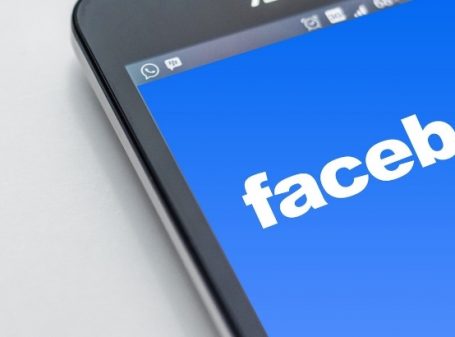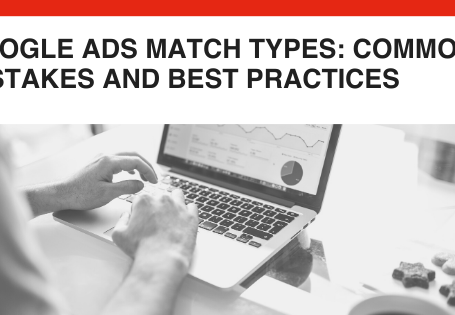Inbound vs. Outbound: which online marketing strategy works best
By: Rank Media
One core aspect of any business is to develop an effective online marketing strategy to build brand awareness and generate sales. One issue marketing professionals have is deciding in which channels to invest: inbound or outbound marketing? Voltier Digital recently released compiled statistics from a wide range of sources to provide a telling infographic (that can be seen below) on which of the two marketing strategies proves to be most effective.
Inbound marketing is less expensive
Numerous companies invest heavily into outbound marketing technologies and campaigns that provide high costs per lead and acquisition. However, according Voltier Digital, companies are better served by creating inbound marketing campaigns because they cost 62% less per lead than traditional outbound marketing. This provides considerable advantages for brands looking for more cost effective lead generation programs,
Cost per acquisition rates are below average with content and social media
Blogs, social media marketing, and search engine optimization were reported to be three marketing channels that provided the best average cost per lead, whereas traditional forms of marketing such as trade shows, direct mail, and telemarketing proved to be costly. Only pay-per-click advertising was reported to be a rather expensive inbound marketing channel. However, the trade off with PPC is acquiring leads instantaneously rather than over the long-haul.
Content marketing and social media can help bring in sales
Content and social media marketing are considered less invasive forms of inbound marketing because they provide users with pertinent and interesting content in a comfortable setting. In addition, marketing professionals have reported acquiring new business through these channels. The stats include:
- 57% of companies acquired customers via blogs.
- 57% of companies acquired customers via LinkedIn.
- 48% of companies acquired customers via Facebook.
- 52% of companies acquired customers via Twitter.
Social channels provide unique opportunities to draw in targeted traffic, generate new customers, build brand loyalty, and create a long-term source of revenue through each acquired customer.
What does this mean for marketers?
Embracing inbound marketing tactics is necessary to leverage the immense potential of the online environment. Social media marketing, content marketing, and search engine optimization provide cost-effective solutions to generate brand awareness and reach new segments of customers in a non-invasive manner. While outbound marketing will always exist and is necessary for a comprehensive strategic plan of action, companies need to adapt marketing tactics to the new type of consumer.








 (800) 915 7990
(800) 915 7990
